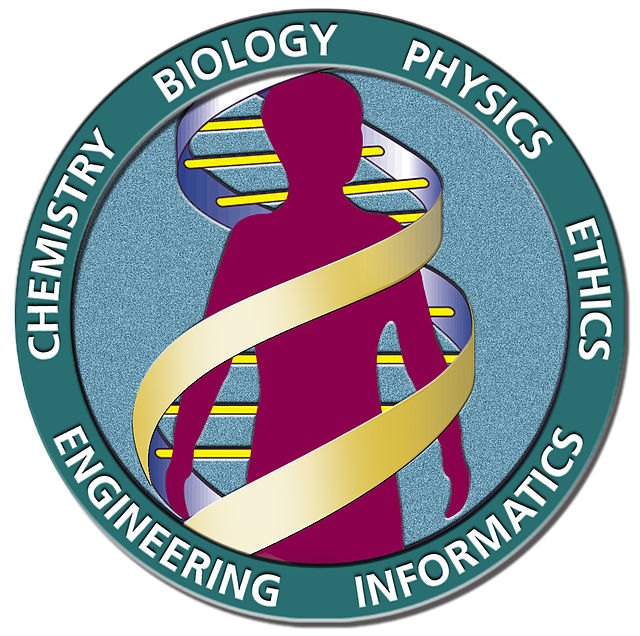
The Human Genome Project (HGP) was an international scientific research project with the goal of determining the sequence of nucleotide base pairs that make up human DNA, and of identifying and mapping all of the genes of the human genome from both a physical and functional standpoint. It was coordinated by the U.S. Department of Energy and the National Institutes of Health and was conducted by scientists from the U.S., U.K., France, Germany, Japan, and China. The project was launched in 1990 and completed in 2003.
The Human Genome Project has had a lasting impact on science and medicine, and it continues to be used for a variety of research and development purposes. The project has been credited with accelerating the development of new diagnostics, treatments, and preventive measures for a range of diseases and conditions. It has also provided new insights into the nature and origin of humans and other species.
Gene mapping is the process of identifying genes and their location on particular chromosomes. This process is a major part of the Human Genome Project (HGP). The HGP’s goal was to identify and map all the genes in the human genome, which is composed of 25,000 to 30,000 genes.Gene sequencing is a technique used to determine the order of nucleotides in a gene. This technique is used to identify specific genes and their sequence. It can also be used to identify mutations in a gene that may be linked to a particular trait or disease.
The Human Genome Project (HGP) also identified and mapped a number of junk genes, which are genes that have no known function. These genes are thought to be remnants of ancient viruses that have been incorporated into our genome. These junk genes are believed to be harmless, but they can still be studied to gain insight into the evolution of the human genome.

